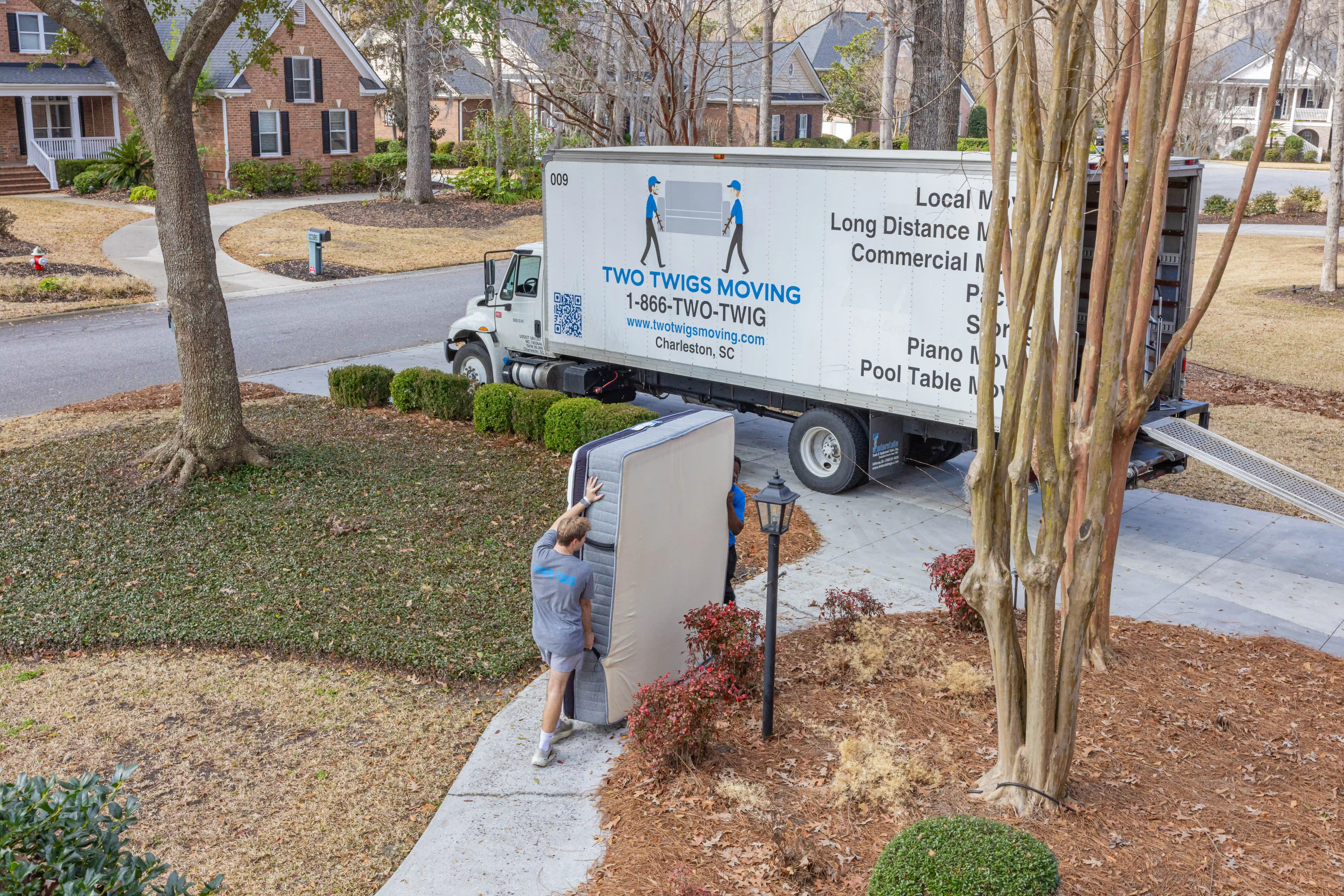Packing up a kitchen can be one of the most challenging tasks during a move, given the variety of items and the need to keep everything organized and intact. Whether you’re relocating to Charleston or another city, careful packing will ensure your kitchen items arrive safely and are ready for use in your new home. Here’s a step-by-step guide to packing your kitchen efficiently for your move.
1. Start Early
Begin the packing process well in advance of your moving date. This will give you ample time to sort through your kitchen items, pack them properly, and reduce stress as moving day approaches.
Tips:
- Create a Packing Timeline: Allocate specific days for different kitchen areas, such as cabinets, drawers, and pantry items.
- Gather Supplies: Collect packing materials such as boxes, bubble wrap, packing paper, and tape before starting.
2. Sort and Declutter
Before you start packing, take the opportunity to declutter your kitchen. Go through your items and decide what to keep, donate, or discard. This will reduce the number of items you need to pack and unpack.
Tips:
- Check Expiration Dates: Dispose of expired food items and old spices.
- Donate Unused Items: Consider donating cookware or utensils that you haven’t used in a while.
3. Organize and Label
Organize your items by category to make packing and unpacking more efficient. Group similar items together, such as plates with plates and pots with pots. Clearly label each box with its contents and the room it belongs to.
Tips:
- Use Color-Coded Labels: Different colors for different categories (e.g., red for dishes, blue for utensils) can make identification easier.
- Create a Box Inventory: Keep a list of what’s in each box to quickly locate items later.
4. Pack Fragile Items Carefully
Kitchen items like glassware, dishes, and ceramics are often fragile and require special care. Wrap each item individually with bubble wrap or packing paper to prevent breakage.
Tips:
- Use Dish Packs: Specialized dish pack boxes with dividers can offer extra protection for plates and glassware.
- Layer Boxes: Place heavier items at the bottom and lighter, more fragile items on top.
5. Pack Pots and Pans
When packing pots and pans, stack them together and place packing paper between each piece to avoid scratches. For added protection, wrap the entire stack in bubble wrap.
Tips:
- Pack Lids Separately: If the lids don’t fit inside the pots or pans, pack them separately, ensuring they are cushioned to prevent damage.
- Use Towels for Padding: Utilize towels or dishcloths to provide extra padding for pots and pans.
6. Handle Appliances with Care
Small appliances like toasters, blenders, and coffee makers should be packed carefully to avoid damage. Remove any detachable parts and pack them separately. For larger appliances, consider the manufacturer’s packing recommendations or use the original boxes if available.
Tips:
- Clean Appliances: Ensure appliances are clean and dry before packing to avoid odors or damage.
- Label Cords: Tape cords to the appliance and wrap them securely to prevent tangling.
7. Pack Non-Essentials First
Start by packing items you don’t use daily, such as special-occasion cookware, extra utensils, and seasonal items. Leave essential items for last, so you have everything you need up until the move.
Tips:
- Create an Essentials Box: Pack a box with the essentials you’ll need immediately upon arrival, such as a few dishes, utensils, a pot or pan, and basic cooking tools.
- Label Boxes Clearly: Mark these boxes as “Essentials” to ensure they are easily accessible.
8. Prepare Your Moving Day Kit
Prepare a moving day kit with all the necessary items to make your transition smoother. This can include cleaning supplies, a few kitchen essentials, and snacks.
Tips:
- Include Basic Tools: Pack a small toolkit with screwdrivers or pliers for any assembly or adjustments needed.
- Stock Up on Snacks: Have some easy-to-eat snacks and beverages handy for moving day.
9. Secure Boxes for Transportation
Ensure that all boxes are securely taped and labeled. Reinforce the bottom of each box with extra tape to prevent it from breaking open during the move.
Tips:
- Use Packing Tape: Strong packing tape is essential for sealing boxes and keeping contents secure.
- Double-Check Labels: Verify that all boxes are correctly labeled with their contents and destination room.
10. Unpack Strategically
Once you arrive at your new home in Charleston, unpack your kitchen systematically. Start by setting up essential items and appliances, then work your way through the rest of the boxes.
Tips:
- Follow a Plan: Set up your kitchen according to how you use it, placing frequently used items in easily accessible locations.
- Recycling and Disposal: Dispose of or recycle packing materials responsibly once unpacking is complete.
Conclusion
Packing your kitchen for a move requires careful planning and organization, but with these tips, you can ensure your items arrive safely and are easy to unpack. By starting early, decluttering, and packing thoughtfully, you’ll make the transition to your new Charleston home as smooth as possible. Happy moving!


.svg)


